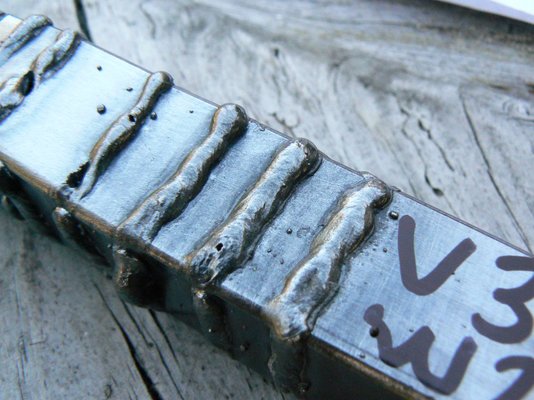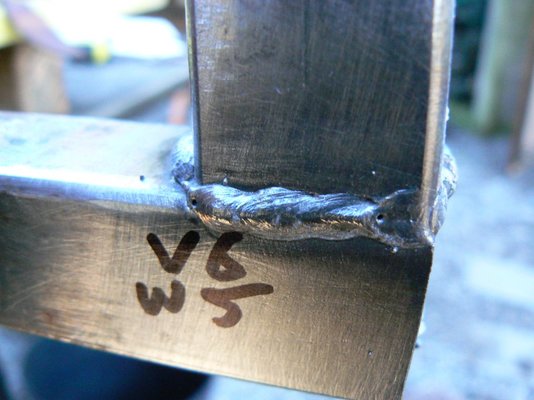robin osborne
Member
- Messages
- 89
- Location
- portugal coimbra
cheers will do
Do you take the shroud off when no gas is used ? You can get in closer and stick out should not make a lot of difference unless it really gets too much.


 hi have made shroud to cove gas holes in nozzle but tip protrudes.
hi have made shroud to cove gas holes in nozzle but tip protrudes.




